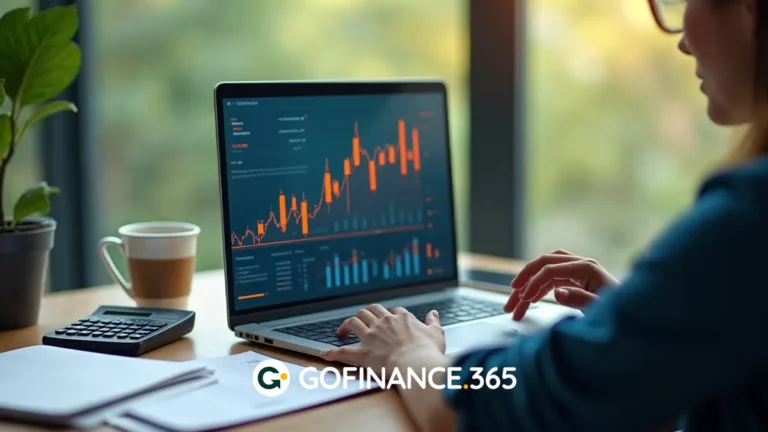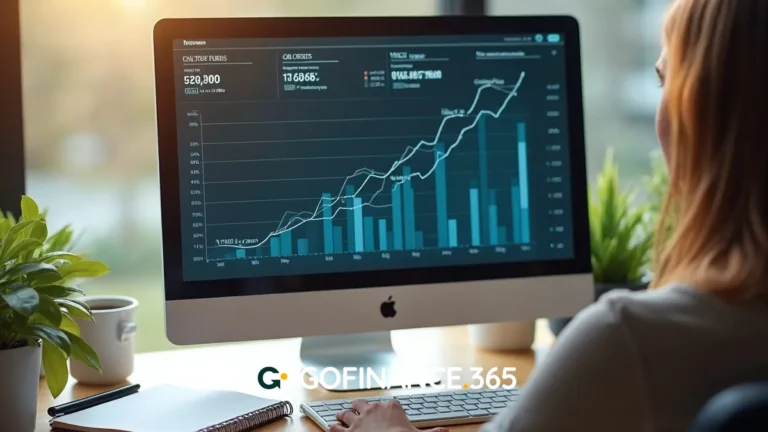Table of contents:
Can you imagine being able to view all your bank accounts, cards, and financial products in a single app—without logging into each platform separately? That’s exactly what financial aggregators offer: digital tools that are transforming how we manage both personal and business finances.
Interested in learning more about this practical solution? In this post, we’ll dive deep into what a financial aggregator is, how it works, its advantages, and how it can help you save both time and money. We’ll also answer some of the most frequently asked questions about this innovative financial service.
What is a financial aggregator?
A financial aggregator is a digital tool that centralizes information from all your bank accounts, credit cards, loans, and other financial products in one platform—even if they’re from different institutions. This is achieved through a secure connection to each bank’s online platform, giving you a consolidated and up-to-date view of your entire financial situation.
This is especially useful for individuals or businesses that manage multiple accounts, as it simplifies tracking balances, transactions, and expenses, and enables more efficient financial management overall.
Difference between a financial aggregator and a payment aggregator
It’s important to distinguish between a financial aggregator and a payment aggregator. While a financial aggregator consolidates your financial information for better analysis and management, a payment aggregator focuses on facilitating payments for merchants and businesses.
A payment aggregator acts as an intermediary between merchants and financial institutions, allowing them to accept multiple payment methods (credit cards, transfers, digital wallets) without needing separate agreements with each provider. This simplifies payment operations and reduces costs—especially in e-commerce environments.
How does a financial aggregator work?
A financial aggregator functions by securely integrating with the online banking systems of the institutions you use. Through standardized protocols and in compliance with security regulations, the aggregator accesses user-authorized financial data and displays it on a user-friendly dashboard.
This process offers a comprehensive overview of your finances and supports better short- and long-term planning and decision-making.
Secure connection process with banks
The connection between the financial aggregator and your banks is carried out using APIs (Application Programming Interfaces) that adhere to the European PSD2 regulation. Users must explicitly authorize access to their financial data, ensuring full privacy and control.
Once permission is granted, the aggregator can access necessary data—like balances, transactions, and product details—without ever compromising your login credentials or sensitive information.
Consolidated view of your finances in real time
One of the key advantages of a financial aggregator is its ability to present a unified, real-time view of your finances. You can see all your account balances, recent transactions, categorized expenses, and even the performance of your investments—organized in an intuitive, customizable interface.
This visibility helps you spot spending patterns, detect unusual charges, and make informed financial decisions with confidence.
Automated updating of balances and transactions
Financial aggregators automate the retrieval and updating of your financial data, eliminating the need to manually enter figures or switch between platforms. This automation not only saves time but also reduces the risk of errors and oversights when managing your finances.
Advantages of using a financial aggregator
Using a financial aggregator offers numerous benefits that can significantly enhance your financial efficiency—whether for personal use or within your business.
Below are some of the most impactful advantages:
Time savings: avoid accessing multiple platforms
By consolidating all your financial data in one place, financial aggregators eliminate the need to log in to each banking platform separately. This is a huge time-saver, particularly for users managing multiple accounts or diverse financial products.
Save money: detect duplicate expenses and hidden fees
Financial aggregators make it easy to identify unnecessary expenses, such as duplicate charges, unused subscriptions, or hidden banking fees. By viewing your entire financial picture in one dashboard, you can spot and eliminate wasteful costs, helping you stretch your money further.
Make better financial decisions with consolidated information
Having a real-time, consolidated view of your finances enables smarter decisions about saving, spending, and investing. It becomes easier to identify areas for improvement and create effective financial plans, both short- and long-term.
How a financial aggregator can help you save money
Beyond convenience and efficiency in financial management, financial aggregators are powerful tools for uncovering savings opportunities and optimizing your financial resources.
Here are some of the key ways a financial aggregator can help you save money:
Control family expenses from a single platform
By consolidating the financial information of all family members into one platform, financial aggregators make it significantly easier to track and manage household expenses. This unified view helps you identify areas of excessive spending, establish shared budgets, and promote a culture of saving within the family.
Detection of unnecessary charges and duplicate subscriptions
Aggregators can quickly highlight recurring charges—such as forgotten subscriptions or services duplicated across family members. By identifying and cancelling these unnecessary expenses, you can reduce your monthly outgoings and redirect those funds toward more meaningful financial goals.
Simplifying financial management for entrepreneurs
For entrepreneurs and small business owners, financial aggregators offer an efficient way to manage multiple business-related bank accounts and financial products. Centralizing financial data simplifies income and expense tracking, facilitates account reconciliation, and streamlines the preparation of financial reports—all of which contribute to better financial control and decision-making.
Financial aggregator: your best ally for organizing your finances
A financial aggregator can be a transformative tool in your financial life. It not only saves time but also empowers you to make better decisions and uncover savings opportunities that might otherwise go unnoticed. With a consolidated, real-time view of your finances, your financial management capabilities improve substantially.
As with any financial tool, the key is choosing an aggregator that is secure, reliable, and suited to your specific needs. If you haven’t tried one yet, now is a great time to discover how a financial aggregator can enhance your day-to-day financial management.
Frequently asked questions about financial aggregators
Below, we answer some of the most common questions about financial aggregators to help you better understand how they work and what benefits they offer. Let’s take a closer look:
Which banks allow the use of a financial aggregator?
Most banks operating in the United States and the European Union support integration with financial aggregators, in accordance with PSD2 regulations. This includes both traditional financial institutions and digital banks.
How do I interpret the data shown by my financial aggregator?
Financial aggregators offer intuitive visualizations, such as:
– Spending trends
– Categorized expenses
– Real-time balances
– Automatic alerts
– Monthly summaries
To interpret the data effectively, pay attention to:
– Your overall balance of income versus expenses
– The spending categories that consume most of your budget
– Monthly trends in savings or debt
Many aggregators also allow you to export your data or compare it across months, helping you identify patterns and adjust your financial strategy proactively.
Are financial aggregators compatible with investment apps?
Yes. Some advanced financial aggregators allow you to link your investment accounts—whether in mutual funds, stocks, cryptocurrencies, or pension plans—offering a comprehensive view of your total net worth, not just your current or savings accounts.
Is it safe to use a financial aggregator?
Yes, provided the aggregator is regulated and complies with PSD2 directives, which enforce strong cybersecurity and encryption standards. These platforms do not store your bank credentials and require your explicit consent to access your data. When used responsibly, they are a safe and secure option for managing your finances.















